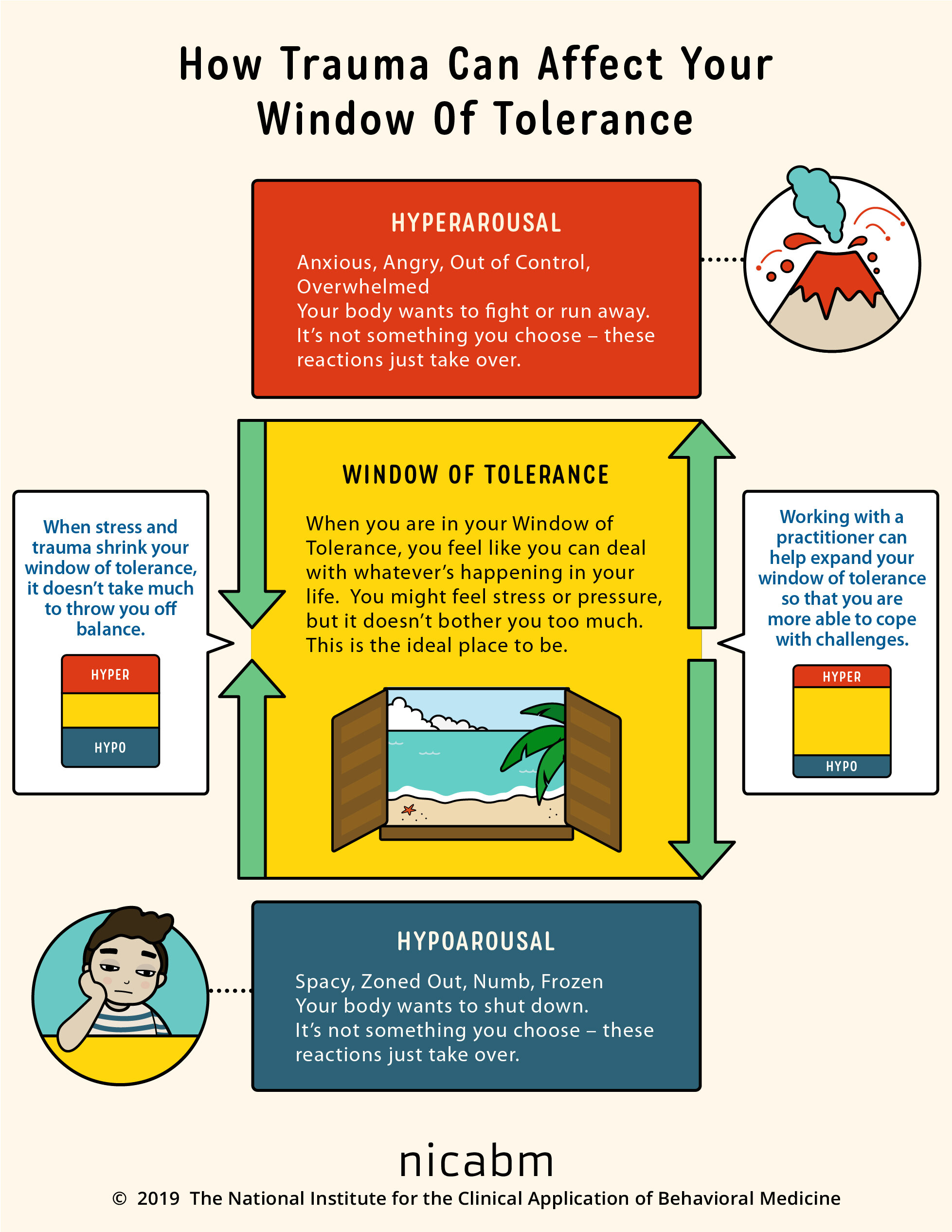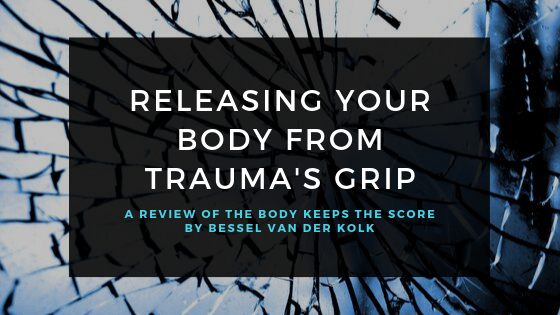All of us have difficult conversations or tough people that we need to face at some time in our lives. It could be a confrontative conversation with a boss, a tense conversation with a spouse or family member, or walking into a stressful or anxiety-inducing situation. For an addict in recovery, you might notice triggers that propel you into a desire to act out in your addiction. For those with trauma, re-engaging with a person, place, or circumstance that is associated with your trauma may lead to fear and anxiety as it brings the memory flooding back.
How can you walk into these challenging moments with a greater sense of confidence and courage?
EMDR, or eye movement desensitization and reprocessing, is a commonly used treatment for PTSD and complex trauma. Part of the process of EMDR involves bringing awareness to past traumatic memories, which can feel scary or uncomfortable. Because of this, before the processing of memories begins, you’ll be prompted to create what are called resources.
These resources associated with EMDR are not only effective for preparing you to face uncomfortable, scary, or painful memories. They can also help you prepare for everyday moments of distress in the present and future.
What are resources?
Resources are places, people, feeling states, animals, objects, etc. that you hold in your imagination to create an internal emotional shift. For example, a commonly used resource is peaceful place visualization, in which you imagine a place that feels calm and peaceful for you. Other resources can include supportive figures in your life, such as a nurturing caregiver. You may also find resources in character qualities or traits you display or have observed in others. By connecting to these resources in an imaginal capacity, you can connect to the emotional and physical experience of them.
In EMDR, we couple the imaginal connection to these resources with bilateral stimulation (BLS). These could be the back-and-forth eye movements associated with EMDR but could also involve tapping alternate sides of the body. In her book Tapping In, Laurel Parnell teaches strategies to “tap in” these resources using BLS, and much of the resourcing work in this article comes from her work.
Resources are important in EMDR because they can increase your confidence when facing memories, as you know you have your resources as support available to you internally. In everyday life, resources can help you transition out of a traumatic memory or painful situation. They can be accessed in your imagination in the present when you notice yourself beginning to spiral into negative self-talk, distressing emotions, or self-destructive behaviors. They can prepare you for future situations in which difficult emotions or experiences might arise.
How to Find Your Resources
Now that you have an idea of what resources are and when you might need to use them, let’s explore using your imagination to create some of the resources.
Peaceful, Calm Place
Bring to mind a place that feels peaceful or calm to you. It can be real or imaginary – a beach, a river, a forest, a room in a secluded cabin – whatever works for you. Notice what you see, hear, smell, taste, and feel in that place. Connect to any emotions that arise or sensations you feel in this imagined place. You’re trying here to connect to the emotional experience: the right-brain, felt sense of the place. What’s most important isn’t getting the imagery perfect but connecting to the emotional experience of peace or calm that the place evokes.
If you notice your mind going toward the negative and/or your emotions head in that direction, remember that this is your personalized place. You can control the weather, who is there, whatever you need. Alter your imagined place until it truly feels peaceful to you. If that is too challenging based on triggering factors related to that place, consider switching to a different place.
It might be helpful to journal through this or other resources to further solidify the connection to this visualization. You can read through this journal later to re-connect to the sensations.
Supportive Figures
These three types of supportive figures (nurturing, protective, and wise) are based on Dr. Laurel Parnell’s resourcing work in her attachment-focused EMDR approach.
Nurturing figure
Imagine a person, animal, or symbol that carries a nurturing quality. It can be fictional or real. You don’t have to imagine that figure nurturing you: instead, be able to observe a nurturing quality to it. Pay attention to the sensory experience of observing that nurturing and notice how it feels in your body and the positive emotions it stirs up for you.
Protective figure
Like the nurturing figure, imagine a real or imaginary person, animal, or symbol that carries a protective quality. You can pull ideas from movies or books. Remember, you don’t have to imagine that figure protecting you, but instead be able to observe a protective quality in it. Pay attention to the sensory experience of observing or receiving that protection and notice how it feels in your body and what positive emotions come up for you.
Wise figure
Finally, the wise figure is the last imaginal, supportive figure. Here, imagine a person, animal, or symbol that you consider to be wise. Pull the image to mind with as much detail as you can. When you have a sense of that wise figure, observe the emotions and sensations associated with receiving or observing wisdom.
Supportive figures as a team
Once you’ve identified one or several figures in these categories, you can imagine them together with you as a team. As you become aware of the presence of each figure, observe how to feels to have all of them on your team, backing you up.
Character qualities
When you consider the challenge of accessing memories and/or facing difficult moments in the present or future, what resources or qualities might you need to be able to face them? For example, if you’re considering facing a feared situation, perhaps you’d need courage. If you’re trying to remain sober, you may need willingness and resolve. If you are having a challenging conversation with your boss, you might need steadfastness and confidence.
Whatever the character qualities you identify, look back through your life and identify times when you have expressed or embodied that characteristic. If you can’t think of a time when you’ve displayed that characteristic, consider someone you know or a scene you’ve observed (real or fictional) when you’ve seen that character quality on display. As you bring attention to that image or scene, observe how you feel and what sensations come up for you, again with a focus on the positive.
Now, imagine yourself in the situation you’re fearing, carrying that character quality with you. How would you feel? What would change in your body language? How might it affect what you say or do?
Container
You may find that when distressing feelings, imagery, or sensations come up, they tend to overwhelm and take over. This can be true when processing memories, but it can also be true when thinking about entering into feared situations.
In this visualization, imagine a container of some sort, like a steamer trunk, plastic organization box, a chest with a lock, a drawer, etc. Bring awareness to the physical characteristics of the container by identifying sensory imagery that goes along with it. You’ll be using your imagination to place negative internal experiences into this box, so feel free to add a lock, chains, or other items that help to make the container feel like it can securely remain closed.
Then, when you’re experiencing negative emotions, fears, memories, or sensations, imagine yourself placing that material into the container to be addressed later.
How to Tap In Your Resources
With any of the above resources, simply visualizing them can bring a sense of greater peace, support, or strength. To ramp up the power of that experience, however, you can take advantage of the brain’s natural system of strengthening through adding bilateral stimulation in the form of taps.
When you have the picture, emotion, and sensation of the positive resource in your mind’s eye, slowly alternate tapping each knee or the outside of your thigh 6-8 times slowly. Notice if the feelings evoked by the resource increase in their positive charge. If so, take a pause, and then do another set of 6-8 taps. Continue this rhythm until the feeling gets as strong as it can.
You can also try tapping using the “butterfly hug”, in which you cross your arms over your chest and alternate tapping each shoulder slowly for 6-8 taps. For a demonstration of what this looks like, watch this video.
For more support on this practice of tapping in resources, look into the book mentioned above, Tapping In by Laurel Parnell. In this book, she gives more detailed instructions and more ideas for resources you could tap into for these difficult moments.











